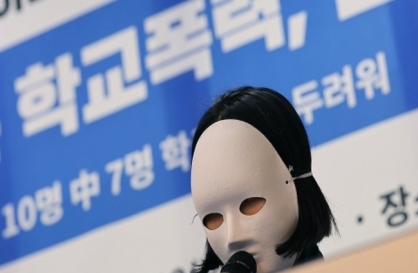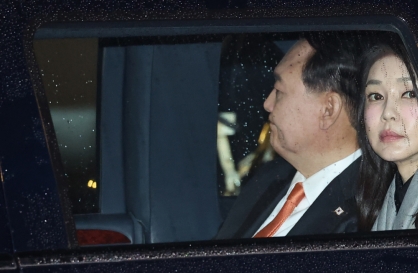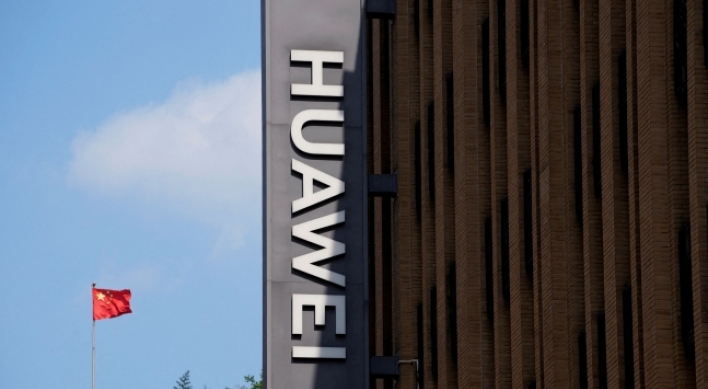The color blue is an appetite suppressant, so if you wish to reduce weight you may want to put a bluish picture of your favorite food right beside the dining table or even dye your food blue, if you can. So went an interesting TV news program a couple of days ago. Blue is associated with the bitter taste and thus unconsciously reduces the appetite, according to the report. Interestingly, a similar experiment is also under way to curb smoking.

For some months, confrontation between the government of Australia and big multinational tobacco companies has been escalating. It all started when Canberra announced its “creative” legislative proposal on April 29, 2011. Under the proposed bill, cigarette companies will have to use an ugly olive green color package without any company logo or design. Only the brand name in a uniform, small font is to be permitted. So, all cigarette packages will look the same except the small-sized brand name.
The rationale behind this proposal is that a drab packaging may help drive down the consumption of the tobacco product. The color olive green has also been chosen because a research found that the color suppresses the desire for smoking.
The bill is currently pending at the Australian Parliament. Australia’s House of Representatives passed the plain packaging bills in August, and it is now going to the Senate for another voting in September.
This is a new attempt of Australia, a country already known for the most graphic warning signs for cigarettes, to reduce constant smoking rates. Since March 2006, Australia has required cigarette packages to be virtually wrapped with horrific pictures of tobacco-related cancers. The World Health Organization quickly hailed the new plain packaging Australian proposal as “a new gold standard for the regulation of tobacco products.”
Not surprisingly, the multinational tobacco companies have mounted vehement criticism of the legislation. The tobacco industry particularly raises intellectual property right violation issues, arguing that their unique brand names and designs, which have significant commercial value themselves, are now to be prohibited in Australia. According to them, this constitutes direct infringement of their international trademark. Some people also argue that if this measure is found to establish a non-tariff barrier to the importation of foreign products with an overly trade restrictive effect, violation of WTO agreements might also be implicated.
As all these issues are novel ones to which nobody has a clear answer, other countries considering similar measures are watching closely how plain packaging bill is faring down under. New Zealand, Canada and the United Kingdom are mentioned in the list of such countries. If the Australian experiment turns out to be successful and other countries follow suit, it may set a new international standard in this area.
Unfortunately, Korea’s smoking rate is the second highest in the OECD countries with the 41 percent rate among adult males, although it is going down slowly as the government has introduced various smoking regulation measures since Korea joined the WHO-sponsored Framework Convention on Tobacco Control in 2005.
Korea’s anti-smoking campaign associations ascribe Korea’s high smoking rate mainly to its low cigarette prices. At the same time, it is interesting to note that the colorful designs and well-being images on the Korean cigarette packages have long been cited by anti-smoking associations as another reason for the high number of smokers in Korea.
As Korea has had its own share of tobacco litigations, I would guess that both cigarette manufacturers and anti-smoking associations in Korea will be monitoring this new development in other countries.
But it is still an open question whether and how all sorts of legal hurdles can be cleared before this plain packaging idea is implemented. It would be indeed interesting if all cigarettes looked the same with the same color and design, stripped of their decades-old logos and images.
By Lee Jae-min
Lee Jae-min is a professor of law at the School of Law, Hanyang University, in Seoul. Formerly he practiced law as an associate attorney with Willkie Farr & Gallagher LLP. ― Ed.

For some months, confrontation between the government of Australia and big multinational tobacco companies has been escalating. It all started when Canberra announced its “creative” legislative proposal on April 29, 2011. Under the proposed bill, cigarette companies will have to use an ugly olive green color package without any company logo or design. Only the brand name in a uniform, small font is to be permitted. So, all cigarette packages will look the same except the small-sized brand name.
The rationale behind this proposal is that a drab packaging may help drive down the consumption of the tobacco product. The color olive green has also been chosen because a research found that the color suppresses the desire for smoking.
The bill is currently pending at the Australian Parliament. Australia’s House of Representatives passed the plain packaging bills in August, and it is now going to the Senate for another voting in September.
This is a new attempt of Australia, a country already known for the most graphic warning signs for cigarettes, to reduce constant smoking rates. Since March 2006, Australia has required cigarette packages to be virtually wrapped with horrific pictures of tobacco-related cancers. The World Health Organization quickly hailed the new plain packaging Australian proposal as “a new gold standard for the regulation of tobacco products.”
Not surprisingly, the multinational tobacco companies have mounted vehement criticism of the legislation. The tobacco industry particularly raises intellectual property right violation issues, arguing that their unique brand names and designs, which have significant commercial value themselves, are now to be prohibited in Australia. According to them, this constitutes direct infringement of their international trademark. Some people also argue that if this measure is found to establish a non-tariff barrier to the importation of foreign products with an overly trade restrictive effect, violation of WTO agreements might also be implicated.
As all these issues are novel ones to which nobody has a clear answer, other countries considering similar measures are watching closely how plain packaging bill is faring down under. New Zealand, Canada and the United Kingdom are mentioned in the list of such countries. If the Australian experiment turns out to be successful and other countries follow suit, it may set a new international standard in this area.
Unfortunately, Korea’s smoking rate is the second highest in the OECD countries with the 41 percent rate among adult males, although it is going down slowly as the government has introduced various smoking regulation measures since Korea joined the WHO-sponsored Framework Convention on Tobacco Control in 2005.
Korea’s anti-smoking campaign associations ascribe Korea’s high smoking rate mainly to its low cigarette prices. At the same time, it is interesting to note that the colorful designs and well-being images on the Korean cigarette packages have long been cited by anti-smoking associations as another reason for the high number of smokers in Korea.
As Korea has had its own share of tobacco litigations, I would guess that both cigarette manufacturers and anti-smoking associations in Korea will be monitoring this new development in other countries.
But it is still an open question whether and how all sorts of legal hurdles can be cleared before this plain packaging idea is implemented. It would be indeed interesting if all cigarettes looked the same with the same color and design, stripped of their decades-old logos and images.
By Lee Jae-min
Lee Jae-min is a professor of law at the School of Law, Hanyang University, in Seoul. Formerly he practiced law as an associate attorney with Willkie Farr & Gallagher LLP. ― Ed.



![[AtoZ Korean Mind] Does your job define who you are? Should it?](http://res.heraldm.com/phpwas/restmb_idxmake.php?idx=644&simg=/content/image/2024/05/06/20240506050099_0.jpg&u=)














![[K-pop's dilemma] Is Hybe-Ador conflict a case of growing pains?](http://res.heraldm.com/phpwas/restmb_idxmake.php?idx=642&simg=/content/image/2024/05/07/20240507050746_0.jpg&u=)